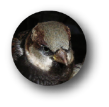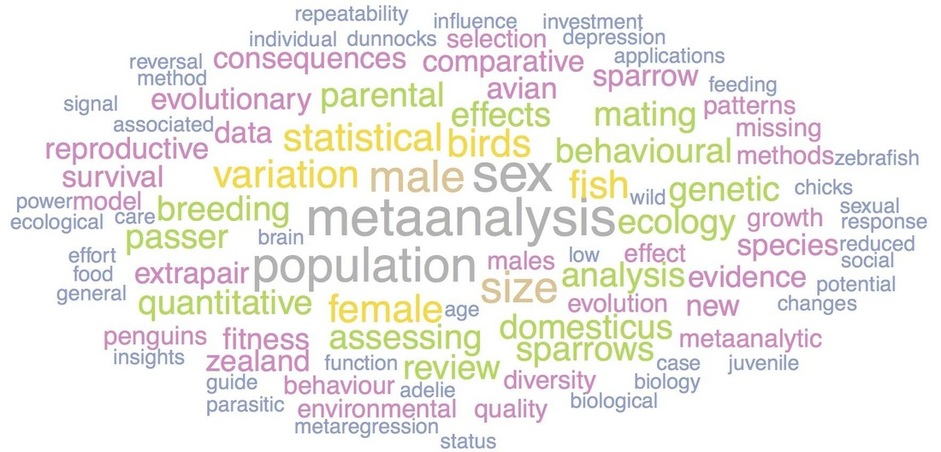At I-DEEL, we strive to answer fundamental questions (e.g., life-history evolution, tans-geneational effects) as well as applied questions (e.g., evolutionary medicine, environmental change, eco-toxicology). We tackle inter-disciplinary questions using a wide rage of techniques such as behavioural observations and experiments, molecular and physiological tools, as well as developing new statistical methods. We increasingly work with computational models, Big Data and research synthesis (collating evidence from multiple primary studies). We always strive to produce robust and transparent cutting-edge research.
What kind of topics we have worked on?
Our main current projects?
Examples of our past projects?
|
What kind of new topics we are interested in?
What we are good at?
What are our current experimental systems/species?What other species did we work with in the past?
|
A wordcloud based on the titles of our publications (up to 2015). Pdf version of this plot can be downloaded here.




